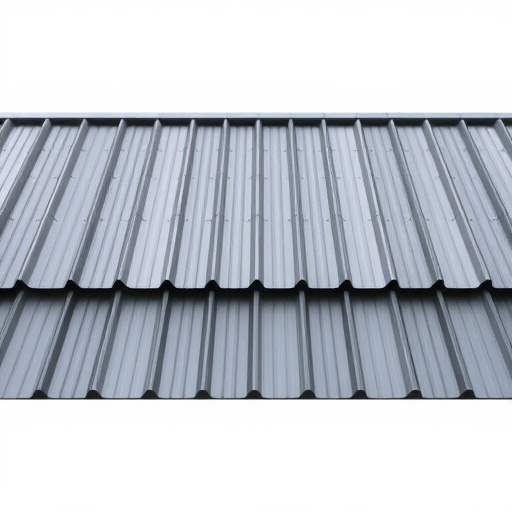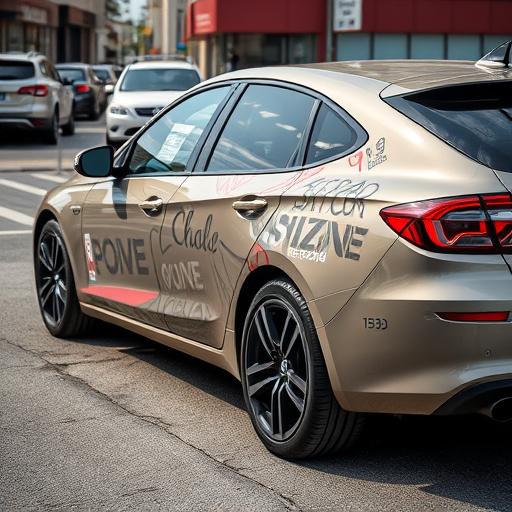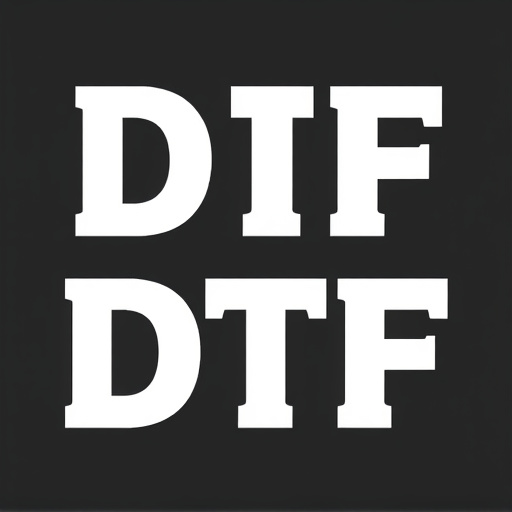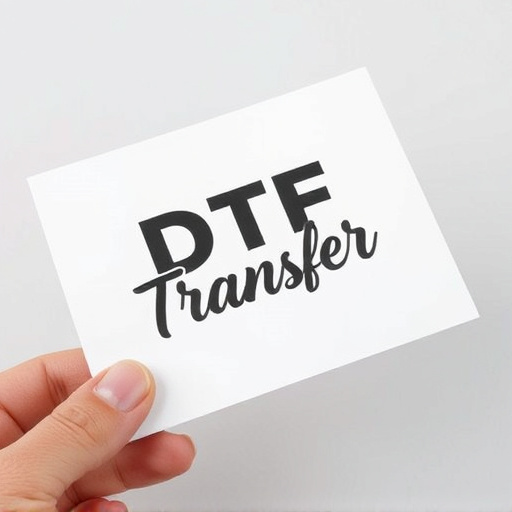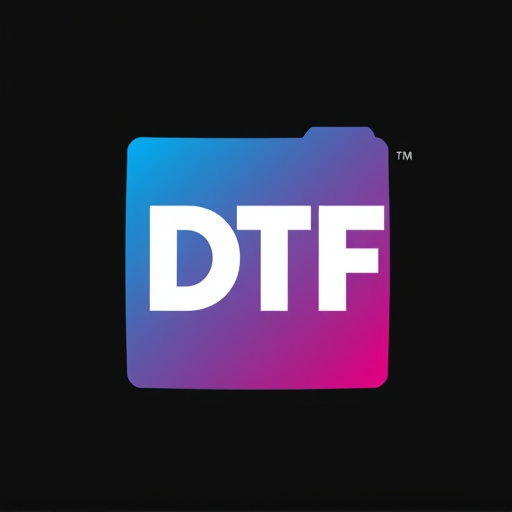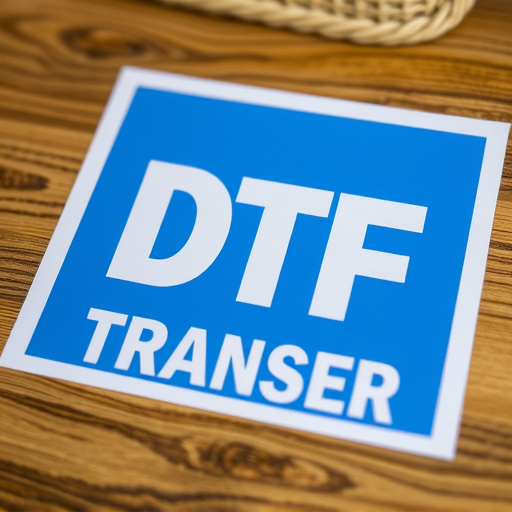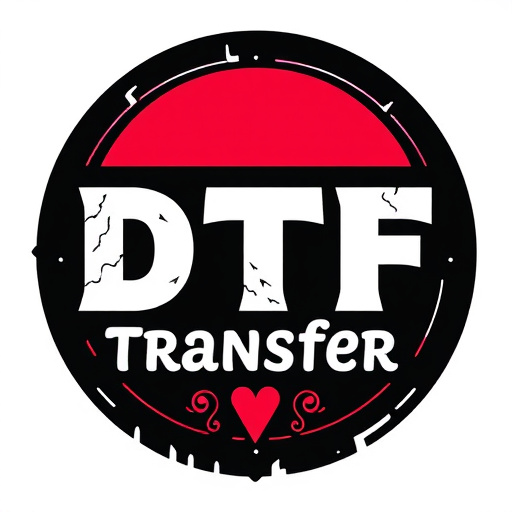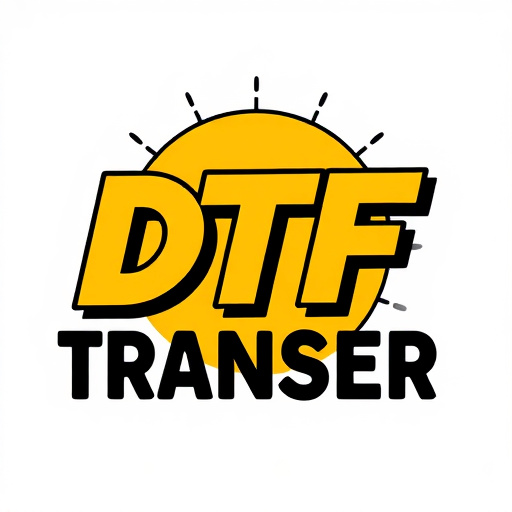Direct to Film (DTF) printing is a cutting-edge process that simplifies design transfer by eliminating intermediate steps, resulting in faster production times, superior color accuracy, and greater design flexibility. Using high-resolution vector graphics, correct CMYK profiles, and ensuring copyright compliance, DTF offers a versatile method for creating custom designs on apparel, signage, and promotional items. The process involves specialized equipment and materials, with meticulous preparation and post-printing care crucial for optimal results. DTF printing is favored by professionals and hobbyists for its vibrant colors, excellent image quality, and streamlining of workflows, making it ideal for diverse applications in fashion, textiles, and decorative arts.
“Discover the captivating process of DTF (Direct to Film) printing, a game-changing technique for creating high-quality transfers. This article guides you through every step, from understanding the fundamentals of DTF to mastering design preparation and choosing the right equipment. Learn about the unique materials required and follow our detailed guide on applying designs to special film. Explore post-printing treatments and uncover the diverse applications of DTF, making it a versatile choice for various transfer projects.”
- Understanding DTF (Direct to Film) Printing: A Brief Overview
- Preparing the Design for Print: Key Considerations
- The Equipment and Materials Required for DTF
- Step-by-Step Guide: Applying Designs to Special Film
- Post-Printing Treatment and Curing of DTF Film
- Applications and Benefits of DTF Printing for Transfers
Understanding DTF (Direct to Film) Printing: A Brief Overview

Direct to Film (DTF) printing is a cutting-edge technique that has revolutionized the way we transfer designs onto special films. This process involves printing directly onto the film using specialized equipment, eliminating the need for intermediate steps like plates or screens. DTF offers several advantages over traditional methods, including faster production times, superior color accuracy, and greater flexibility in design complexity.
By using advanced printing technologies, DTF allows for intricate details and vibrant colors to be precisely reproduced on the film. This method is particularly popular among businesses and individuals looking to create custom transfers for various applications, such as apparel, signage, and promotional items. With its efficiency and high-quality output, DTF printing has become a game-changer in the industry, enabling faster turnaround times and enhanced design possibilities.
Preparing the Design for Print: Key Considerations

When preparing a design for printing on special film for DTF (Direct to Film) transfers, several key considerations come into play. The first step is ensuring your design is in high-resolution format—at least 300 DPI—to guarantee crisp and clear reproduction on the final product. Vector graphics are usually the preferred choice as they scale perfectly without losing quality, which is crucial for detailed and intricate patterns or text.
Additionally, color mode selection is vital. For DTF printing, CMYK color profiles should be used, as this is the standard for most print processes. Using RGB colors might lead to unexpected results due to differing interpretation by the print system. Moreover, checking for potential issues like copyright infringements, ensuring proper licensing, and verifying that all elements within the design are original or have the right permissions is essential to avoid legal complications and produce high-quality transfers.
The Equipment and Materials Required for DTF
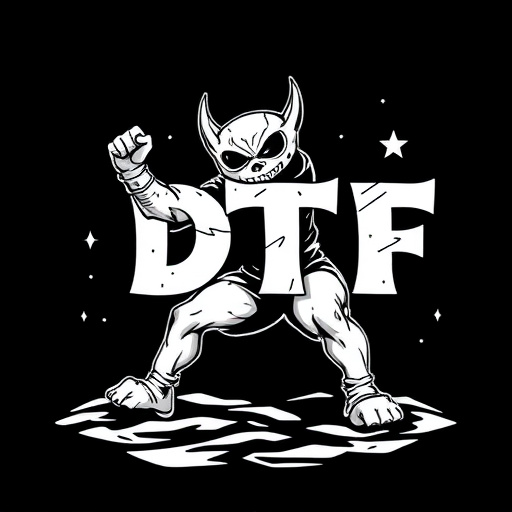
The process of Direct-to-Film (DTF) printing involves specialized equipment and materials to achieve high-quality transfers. Key components include a DTF printer, which uses inkjet technology to precisely apply design elements onto a clear film. This film is then used as a stencil for transferring the design onto various surfaces like fabric, wood, or metal.
Additional materials necessary for DTF include ink compatible with your printer, transfer paper (to protect the design during application), and a variety of films designed for different applications. Proper cleaning solutions and maintenance kits are also essential to ensure optimal print quality over time, making DTF an efficient and versatile method for creating custom designs on diverse materials.
Step-by-Step Guide: Applying Designs to Special Film

Applying designs to special film for DTF (Direct to Film) printing is a precise process that involves several steps. First, prepare your design files by ensuring they are in the correct format and resolution. This typically means high-quality vector graphics or raster images with sharp details. Use specialized software to create or edit your design, making sure it aligns perfectly with the desired specifications of the film.
Next, set up your printing equipment, which usually includes a high-resolution printer capable of handling special film media. Calibrate your printer and load the film according to the manufacturer’s instructions. Once ready, print your design onto the film, focusing on achieving sharp lines and accurate color reproduction. After printing, carefully cut or trim the film to size, ensuring precise edges for optimal transfer results.
Post-Printing Treatment and Curing of DTF Film
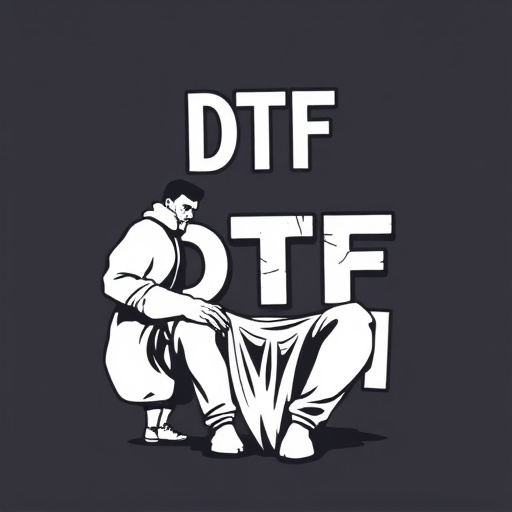
After printing, the DTF (Direct to Film) film requires careful post-printing treatment for optimal results. This includes several steps designed to ensure the design is accurately transferred and durable. First, the printed film needs to be carefully inspected for any defects or misprints. Any issues found should be rectified immediately to prevent them from affecting the final transfer.
Curing is a crucial step in the DTF process. The printed film must be exposed to specific conditions, typically heat and pressure, to set the design permanently onto the film. This ensures that when the film is applied to various surfaces, the design remains vibrant and long-lasting. Proper curing also enhances the overall quality of the transfer, making it suitable for a range of materials and applications.
Applications and Benefits of DTF Printing for Transfers
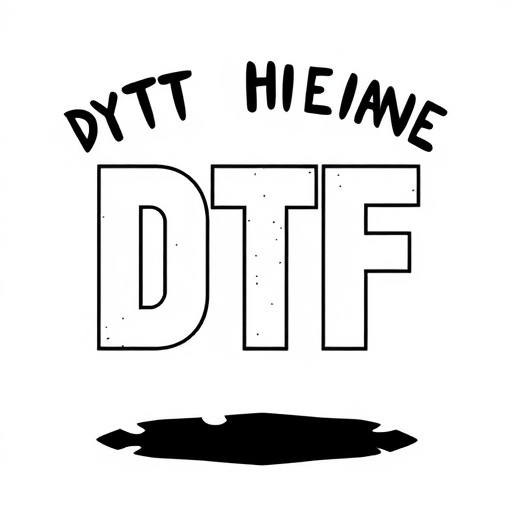
Direct-to-film (DTF) printing offers a versatile and efficient solution for creating transfers on various materials, making it a popular choice among professionals and hobbyists alike. This cutting-edge technology allows designers to print directly onto special films, providing numerous applications across different industries. From fashion and textiles to signage and decorative arts, DTF enables the production of high-quality, custom designs with remarkable precision.
One of the key benefits of DTF printing is its ability to produce vibrant, long-lasting colors while ensuring excellent image quality. It eliminates the need for traditional screening or plate-making processes, streamlining the workflow and reducing setup time. This method also facilitates the reproduction of intricate patterns and detailed graphics, making it ideal for creating eye-catching transfers that can be applied to a wide range of surfaces, adding unique styles and personalization to numerous products.


